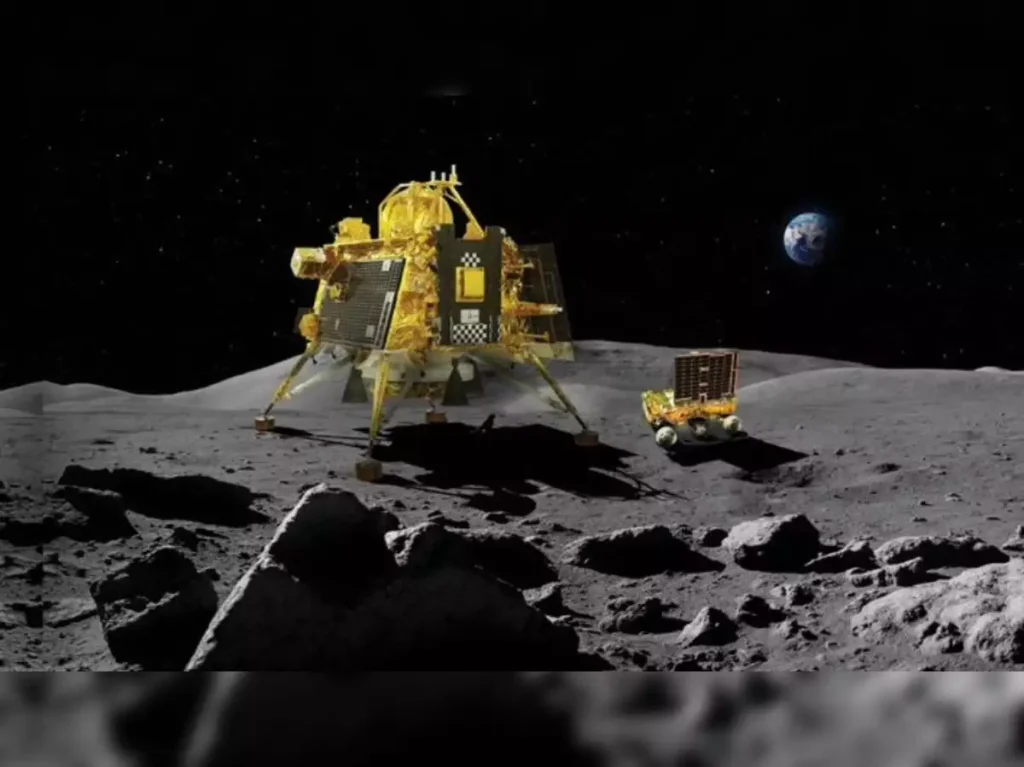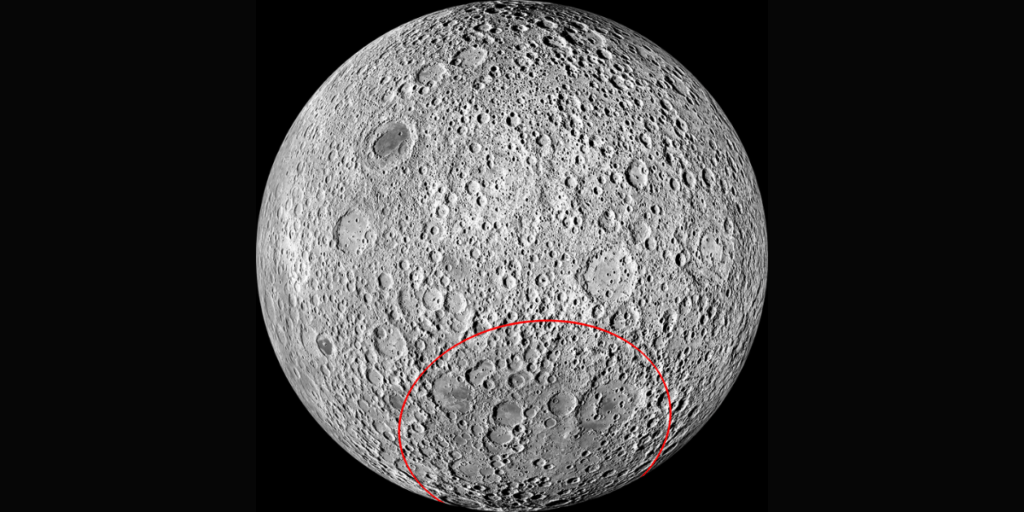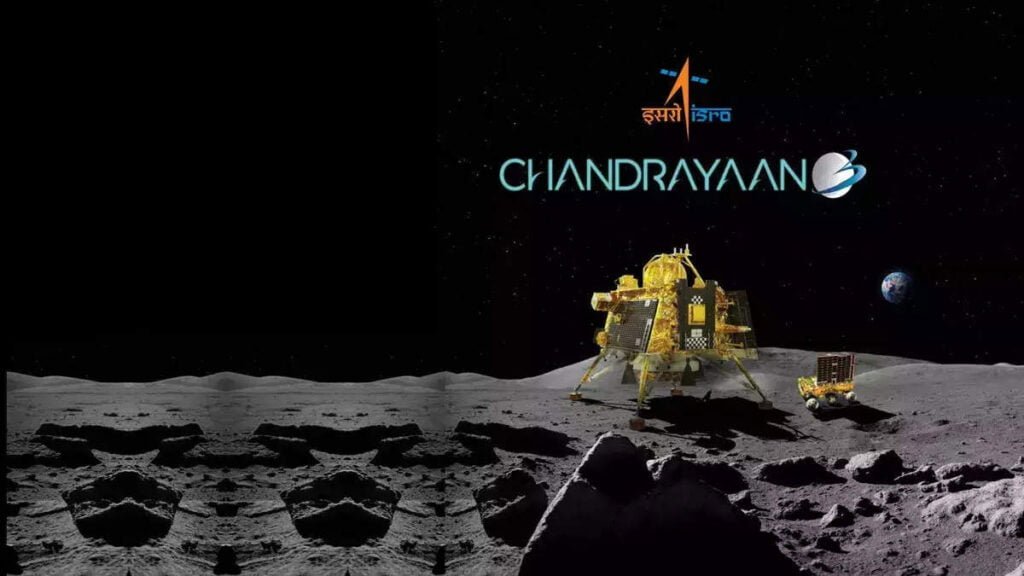Table of Contents
India’s Chandrayaan-3 mission continues to unravel the Moon’s secrets, with the latest data suggesting that the lunar surface was once a vast ocean of molten magma. This discovery, derived from the mission’s detailed analysis, provides a new perspective on the Moon’s early history and its geological evolution. The revelation has sparked excitement in the global scientific community and has significant implications for future lunar explorations.
Chandrayaan-3’s Groundbreaking Discovery
Chandrayaan-3, India’s third lunar exploration mission, has been instrumental in providing critical data about the Moon’s surface. The mission’s primary objective was to further our understanding of the Moon’s south polar region, which is of particular interest due to its potential for hosting water ice. However, one of the most surprising outcomes of the mission has been the discovery that the Moon’s surface was once an ocean of molten magma.

This discovery is based on the data collected by the instruments aboard Chandrayaan-3, which have provided unprecedented insights into the Moon’s composition and geological history. The evidence suggests that the lunar surface, which we now see as a cold and barren landscape, was once a fiery and dynamic environment.
The Moon’s Fiery Past: Evidence of Molten Magma
The data from Chandrayaan-3 indicates that billions of years ago, the Moon’s surface was covered in a vast ocean of molten magma. This molten state would have resulted from the intense heat generated during the Moon’s formation, possibly due to the impact of a Mars-sized body with the Earth. As the magma slowly cooled, it solidified into the lunar crust that we observe today.

This finding is significant because it offers a glimpse into the Moon’s early history, providing clues about the processes that shaped its surface. The presence of a magma ocean also suggests that the Moon underwent a period of intense volcanic activity, which would have played a crucial role in its geological evolution.
How Chandrayaan-3’s Data Unveils Lunar History
The data that led to this discovery was collected through a combination of remote sensing and in-situ analysis by Chandrayaan-3’s payloads. Instruments such as the Terrain Mapping Camera and the Imaging Infrared Spectrometer were critical in analyzing the composition and structure of the lunar surface.

By studying the distribution of elements and minerals on the Moon’s surface, scientists were able to infer the presence of a molten magma ocean in the past. The detection of specific mineral phases, such as anorthosite, which forms in the later stages of magma crystallization, further supports this hypothesis.
Significance of This Discovery
The discovery of a molten magma ocean on the Moon has far-reaching implications for our understanding of planetary formation and evolution. It suggests that the processes that shaped the Moon may be similar to those that occurred on other terrestrial planets, including Earth. This finding also raises new questions about the Moon’s thermal history and the timeline of its cooling and solidification.

Moreover, understanding the Moon’s fiery past could provide insights into the formation of other celestial bodies in our solar system, helping scientists to piece together the broader history of planetary evolution.
Implications for Future Lunar Missions
The revelations from Chandrayaan-3 have set the stage for future lunar missions, which will likely focus on further investigating the Moon’s geological history. Missions such as NASA’s Artemis program and potential follow-up missions by ISRO could aim to explore regions where evidence of the magma ocean is most prominent.
Additionally, this discovery underscores the importance of continued exploration of the Moon’s south polar region, which could hold key clues to understanding the early solar system. The presence of water ice, combined with the knowledge of the Moon’s volcanic past, makes this region a prime target for future missions.
Reactions from the Global Scientific Community
The global scientific community has reacted with great interest to the findings from Chandrayaan-3. Researchers and planetary scientists have lauded the mission’s success in uncovering new aspects of the Moon’s history. Many experts believe that this discovery could lead to a paradigm shift in our understanding of lunar geology.
The data from Chandrayaan-3 is expected to be the subject of numerous studies and analyses in the coming years, as scientists work to refine their understanding of the Moon’s early history and its implications for the broader field of planetary science.
Conclusion
The discovery of a molten magma ocean on the Moon, as revealed by Chandrayaan-3’s data, is a groundbreaking finding that opens new avenues for understanding the Moon’s history and its geological evolution. As scientists continue to analyze the data and plan future missions, the Moon’s fiery past will undoubtedly play a central role in shaping our knowledge of planetary formation and evolution.
Sources: Washington Post, Economic Times
For Latest News Updates Click Here
